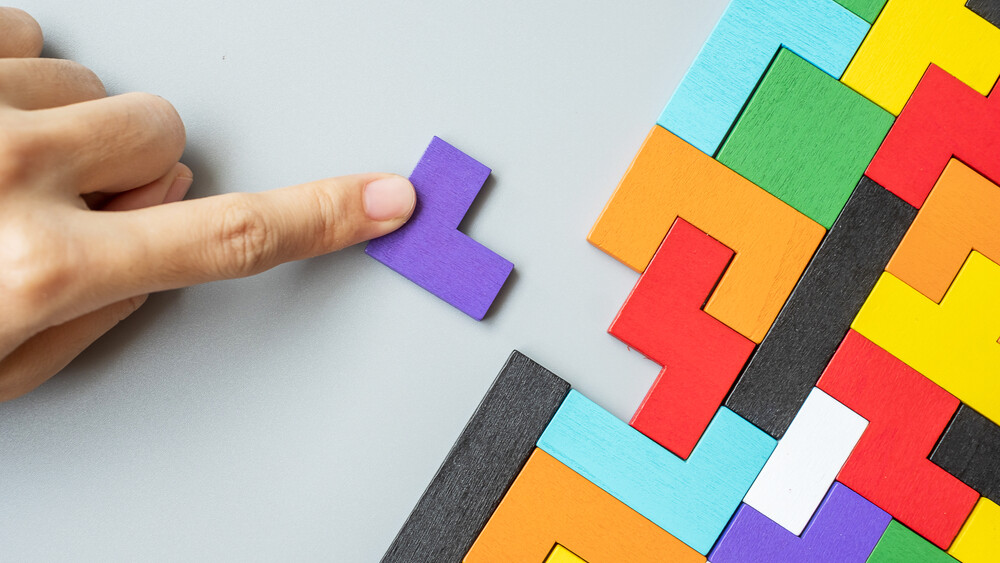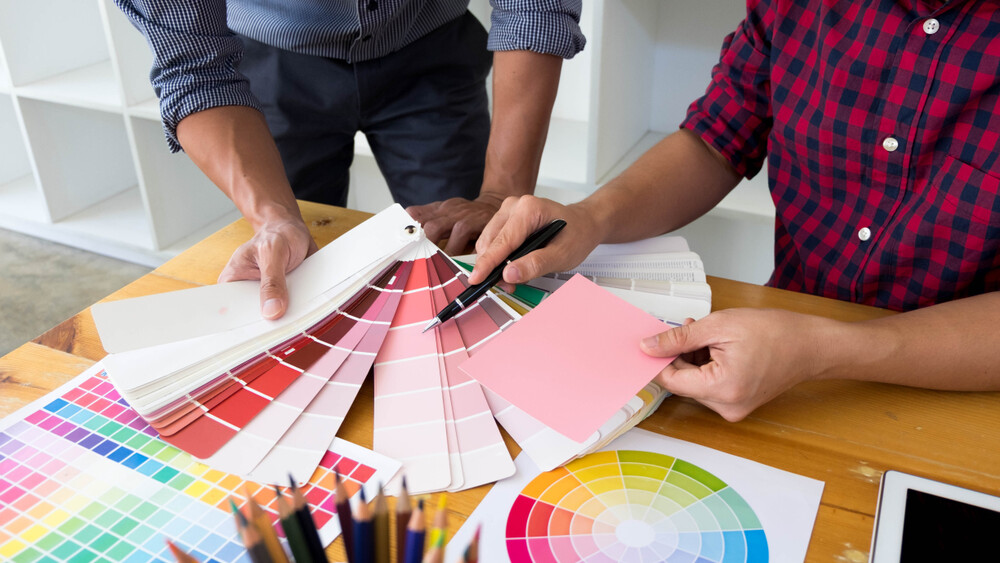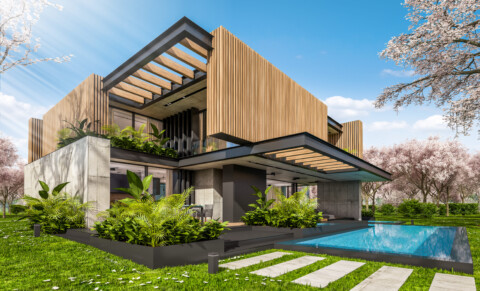Color can affect mood, perception, and even behavior, making it a potent tool in interior design. Every color, from energetic yellows to soothing blues, elicits a different kind of feeling, so it’s critical to pick the ideal color scheme for each room in your house. This article will explore the intriguing field of color psychology and how it can be used to interior design to create aesthetically pleasing and cozy spaces that are a reflection of your lifestyle and personality.
What is Color Psychology
It’s important to recognize the fundamentals of color psychology before diving into specific color selections. Warm colors, like red, orange, and yellow, and cool colors, like blue, green, and purple, can be broadly classified into two groups, each of which elicits a distinct emotional response. While cool colors typically arouse feelings of serenity, calmness, and relaxation, warm colors are frequently linked to energy, passion, and excitement. Furthermore, perceptions of individual colors can be influenced by cultural connotations and associations that are unique to them. For instance, blue is a popular color for bathrooms and bedrooms because it is often connected to tranquility, areas where relaxation is highly valued. Green is a great color for living rooms and home offices because it is associated with nature and renewal. Knowing the psychological effects of color can help you choose colors for your home wisely, making sure that every room reflects the mood and ambience you want.

How to Choose Colors for Particular Rooms
It’s important to take the room’s purpose and function into account when choosing colors for individual rooms. Selecting colors that complement the room’s intended use is essential because different hues can encourage different activities and behaviors. Vibrant colors, like orange or red, for instance, can encourage conversation and hunger, which makes them perfect for kitchens and dining rooms. On the other hand, gentle pastels like lavender or light blue are ideal for bedrooms since they encourage rest and sleep. Colors like green or subdued blues can improve productivity and focus in home offices or study spaces while also fostering a sense of balance and calm. Bright and cheery hues like orange or yellow can inspire imagination and creativity in children and create a lively and playful atmosphere in their rooms. You can create spaces that not only look beautiful but also support the activities and behaviors that take place within them by customizing the color palette to fit the function of each room.
Create Harmony and Balance
Creating a sense of harmony and flow throughout your home is just as important as taking into account the purpose of each individual room. This can be accomplished by creating a color palette that unifies the different rooms in your house. To create a sense of unity and continuity throughout your home, pick a primary color palette that consists of two or three complementary hues and use them consistently. For instance, you could choose a basic color that is neutral, like white or beige, and then use furniture, accessories, and artwork to add color accents. As an alternative, you could designate one striking hue as the main focus and then employ accents in softer tones to achieve harmony. You can create a visually appealing interior that feels unified and well-coordinated by sticking to a consistent color scheme.
Take Natural Light and Space into Account
When selecting colors for your home, it’s critical to take natural light into account as well as the size of the area. Darker colors absorb light and can make larger rooms feel more intimate and cozy, while lighter colors tend to reflect light and can make small spaces feel more spacious and airy. Furthermore, how a room is oriented and how much natural light it gets can affect how colors seem throughout the day. Use lighter colors to maximize brightness and create an air of openness in spaces that receive little natural light, such as basements or spaces that face north. On the other hand, you can experiment with richer, deeper hues to add drama and depth in rooms that are bathed in natural light. Before making a final choice, think about using paint swatches or samples to see how different colors appear in different lighting.

Express Personal Style
In the end, expressing your own tastes and style is what matters most when selecting colors for your house. When it comes to design, there are no hard and fast rules, even though color psychology can offer insightful information. Pick hues that speak to you and arouse the feelings and emotions you wish to feel in your house. To make a place that feels entirely your own, don’t be afraid to try out striking hues or unusual combinations. Accept your uniqueness and allow your personality to come through in the colors you choose, whether you’re drawn to vivid jewel tones, calming earthy neutrals, or eclectic combinations of contrasting hues. Ultimately, your house ought to embody your identity and your joys.
Conclusion
Color psychology has a big impact on interior design because it has a subtle but powerful effect on behavior, mood, and perception. Through comprehension of the psychological implications of distinct hues and their application to particular spaces, you can craft serene and hospitable environments that embody your individuality and way of life. Selecting the ideal color scheme is essential to making your house feel warm, well-coordinated, and distinctively yours—whether your goals are to encourage social interaction in the dining room, encourage creativity in the home office, or promote relaxation in the bedroom.







